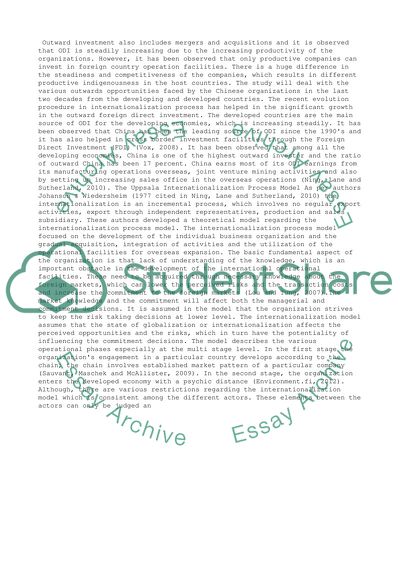Cite this document
(“Does the internationalisation process model explain the Essay”, n.d.)
Does the internationalisation process model explain the Essay. Retrieved from https://studentshare.org/management/1484799-does-the-internationalisation-process-model
Does the internationalisation process model explain the Essay. Retrieved from https://studentshare.org/management/1484799-does-the-internationalisation-process-model
(Does the Internationalisation Process Model Explain the Essay)
Does the Internationalisation Process Model Explain the Essay. https://studentshare.org/management/1484799-does-the-internationalisation-process-model.
Does the Internationalisation Process Model Explain the Essay. https://studentshare.org/management/1484799-does-the-internationalisation-process-model.
“Does the Internationalisation Process Model Explain the Essay”, n.d. https://studentshare.org/management/1484799-does-the-internationalisation-process-model.


